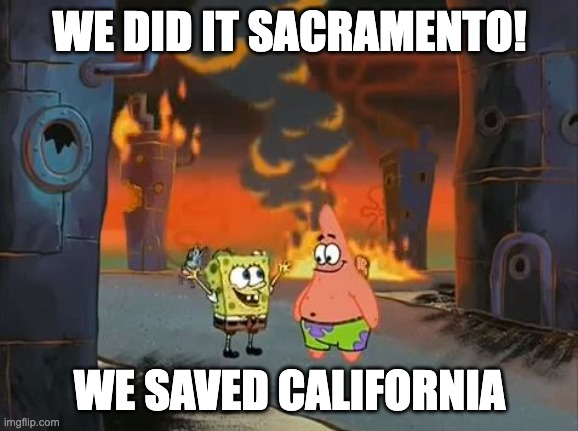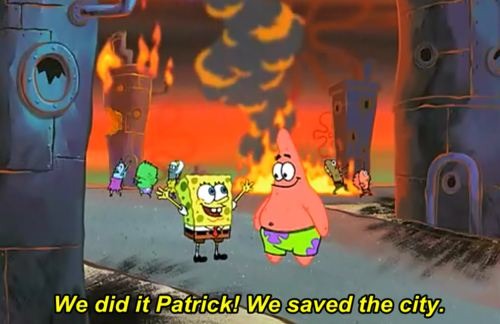Happy Wednesday dear readers!
You know, if writing blog posts about horrible proposed legislation was a full time job, your humble blogger would demand overtime pay after doing it for 32 hours per week. Does that sound like gibberish? Well, it should…
Allow me to direct your attention to Assembly Bill 2932, introduced by the California Legislature last month to cap full time at 32 hours and make overtime pay mandatory for all work done in excess of 32 hours per week. If that sounds familiar, it should – your humble blogger respectfully drew your attention to a federal proposed bill, H.R. 4728, that would have a similar effect.
The California bill would apply to those employers who have more than 500 employees, although the plain language of the bill does not appear to limit that number to California employees. Presumably, an employer with 10 employees in California but 500 employees globally would have to start paying overtime at 32 hours for its California employees.
Another bizarre component to the bill is that it prohibits employers from reducing an employee’s regular rate of pay to end up with the same weekly wage at 40 hours.
Should AB 2932 become law, much like with H.R. 4728, we can expect increased AWW calculations, including for those employees who worked more than 32 hours per week prior to going out on temporary total disability.

So, dear readers, this is another one to watch…


